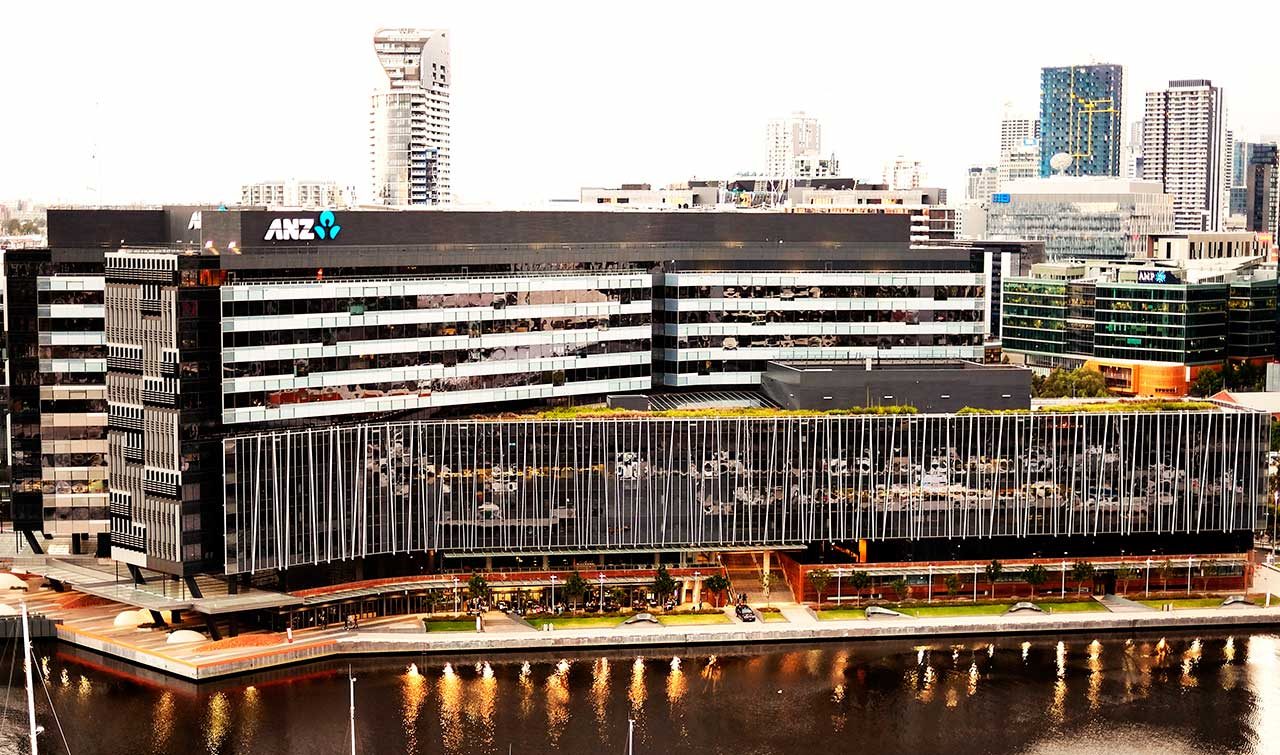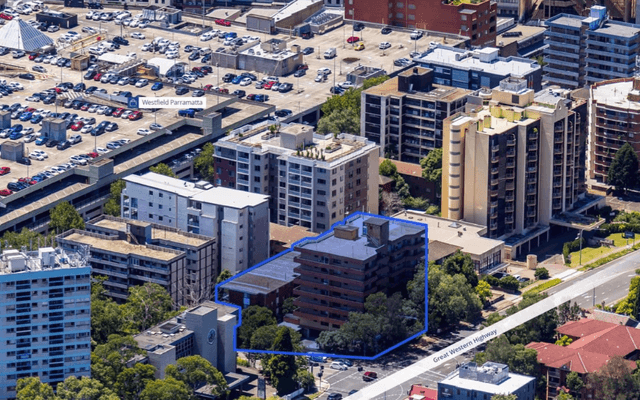This article is from the Australian Property Journal archive
A WEAK housing market sentiment, tightened credit and its own overly conservative lending processes have stifled growth in the home loan portfolio over the past 12 months, ANZ has admitted, as minutes from the most recent meeting of the Reserve Bank of Australia revealed fears of further price falls hitting the economy and unemployment.
“From a longer-run perspective, members assessed that, following such large increases in housing prices, the effect of the recent price falls on overall economic activity was expected to be relatively small,” the minutes said.
“However, members observed that if prices were to fall much further, consumption could be weaker than forecast, which would result in lower GDP growth, higher unemployment and lower inflation than forecast.”
According to the most recent CoreLogic data, the 5.6% fall in national house prices over the 12 months to January was the largest since March 2009. The rolling quarterly fall in Sydney and Melbourne is now at the fastest pace since their downturns began, with Sydney values down by 4.5% over the three months to the end of January, and by 4.0% in Melbourne.
UBS recently downgraded its forecast of a 10% peak-to-trough fall in house prices to 14% after official data released this month showed the seasonally adjusted value of new lending commitments for investment dwellings plummeted by 27.8% year-on-year, and by 16.2% for owner occupiers.
AMP Capital’s Shane Oliver expects Sydney and Melbourne to see a top to bottom fall of around 25% spread out to 2020 with another 15% to go given falls already seen, but for national average prices the top to bottom fall is likely to be around 10 to 15%.
Capital Economics said it now believed prices will eventually fall by 15%, up from its previous forecast of 12%. It recently suggested that Melbourne’s housing market downturn could stretch well into 2021, and would join Sydney in experiencing its largest cooling cycle in history.
Morgan Stanley recently downgraded its peak-to-trough forecast for the national market from between 10% to 15% to around 15% to 20%.
ANZ revealed yesterday its home loan portfolio grew by just 0.4% in the 12 months to the end of January, and suggested it may have been “overly conservative” in the period.
ANZ also underperformed when compared to its competitors. Australia’s home loan system growth was 4.2% across 2018, while ANZ’s was 1.0%, by $2.7 billion, in the same period. The owner occupier portfolio grew 3.5% (by $6.1 billion) and the investor portfolio fell 3.8% (by $3.2 billion).
“ANZ’s home lending growth trends are attributable to lower system growth, ANZ’s preference for owner occupier/principal and interest lending which drives faster amortisation, together with policy and process changes implemented in the second half of calendar year 2018.”
ANZ chief executive officer, Shayne Elliott said consumer sentiment had remained generally subdued with uncertainty around regulation and house prices impacting confidence.
“While we are maintaining our focus on the owner occupier segment, we acknowledge we may have been overly conservative in our implementation of some policy and process changes. We are also taking steps to prudently increase volumes in the investor space.”
Switching volumes for those moving from interest only to principal and interest during the quarter was $6 billion, of which $4 billion was contractual. The total amount of contractual switching scheduled for the remainder of the current financial is $12 billion. Total switching in FY18 was $24 billion.
Australian Property Journal




